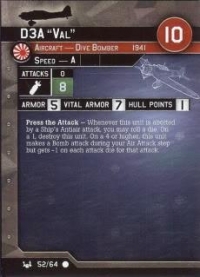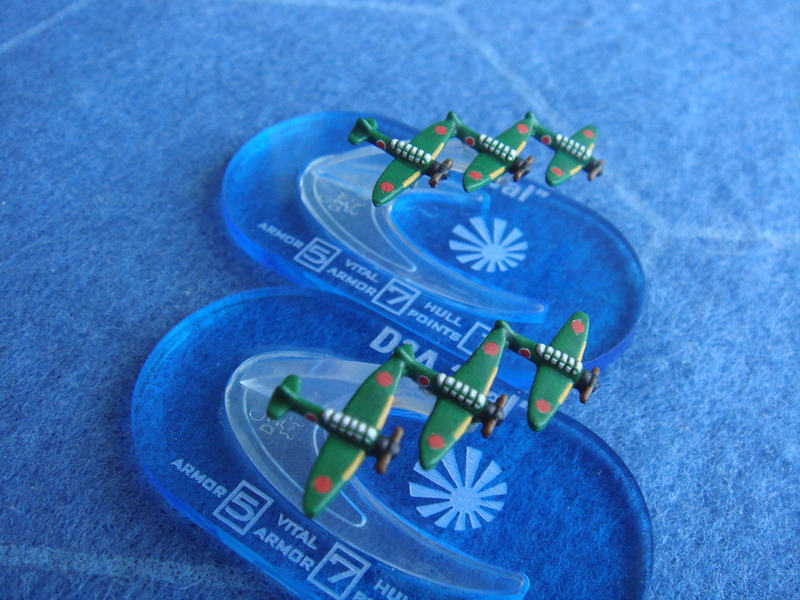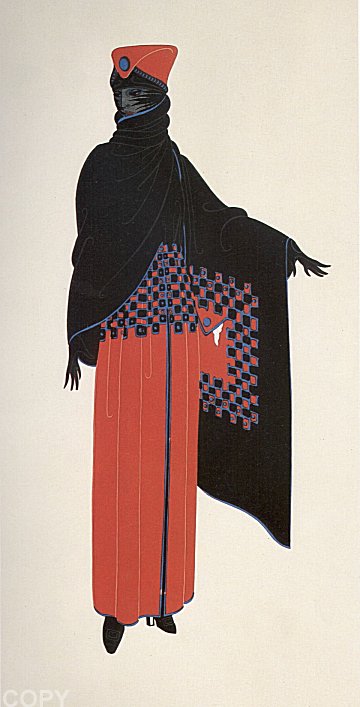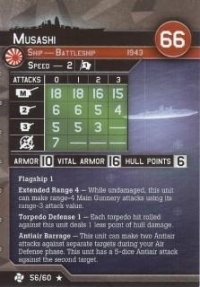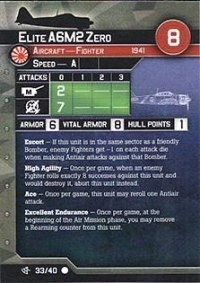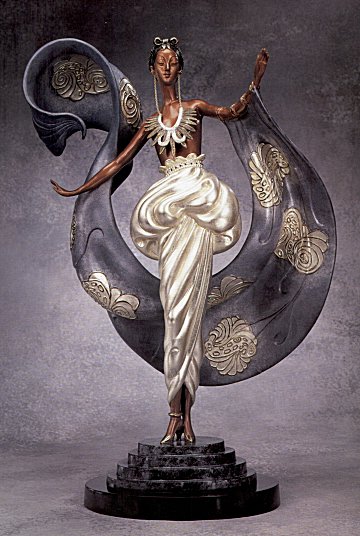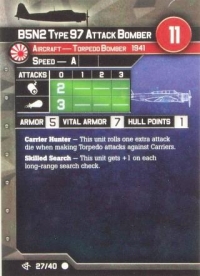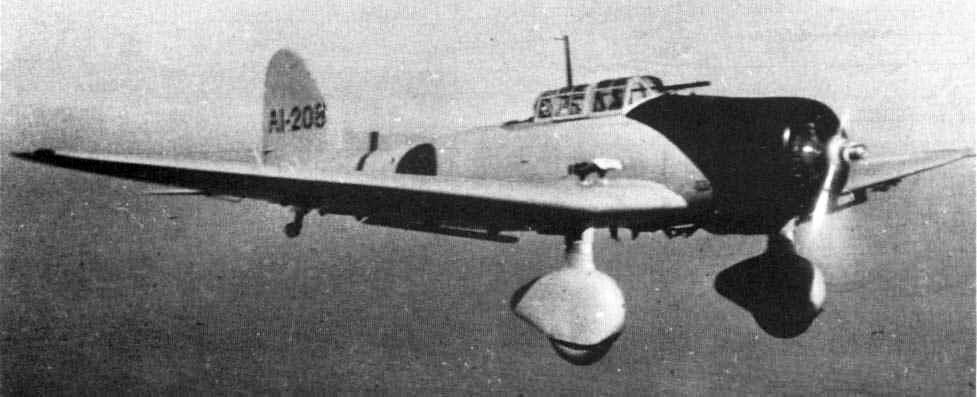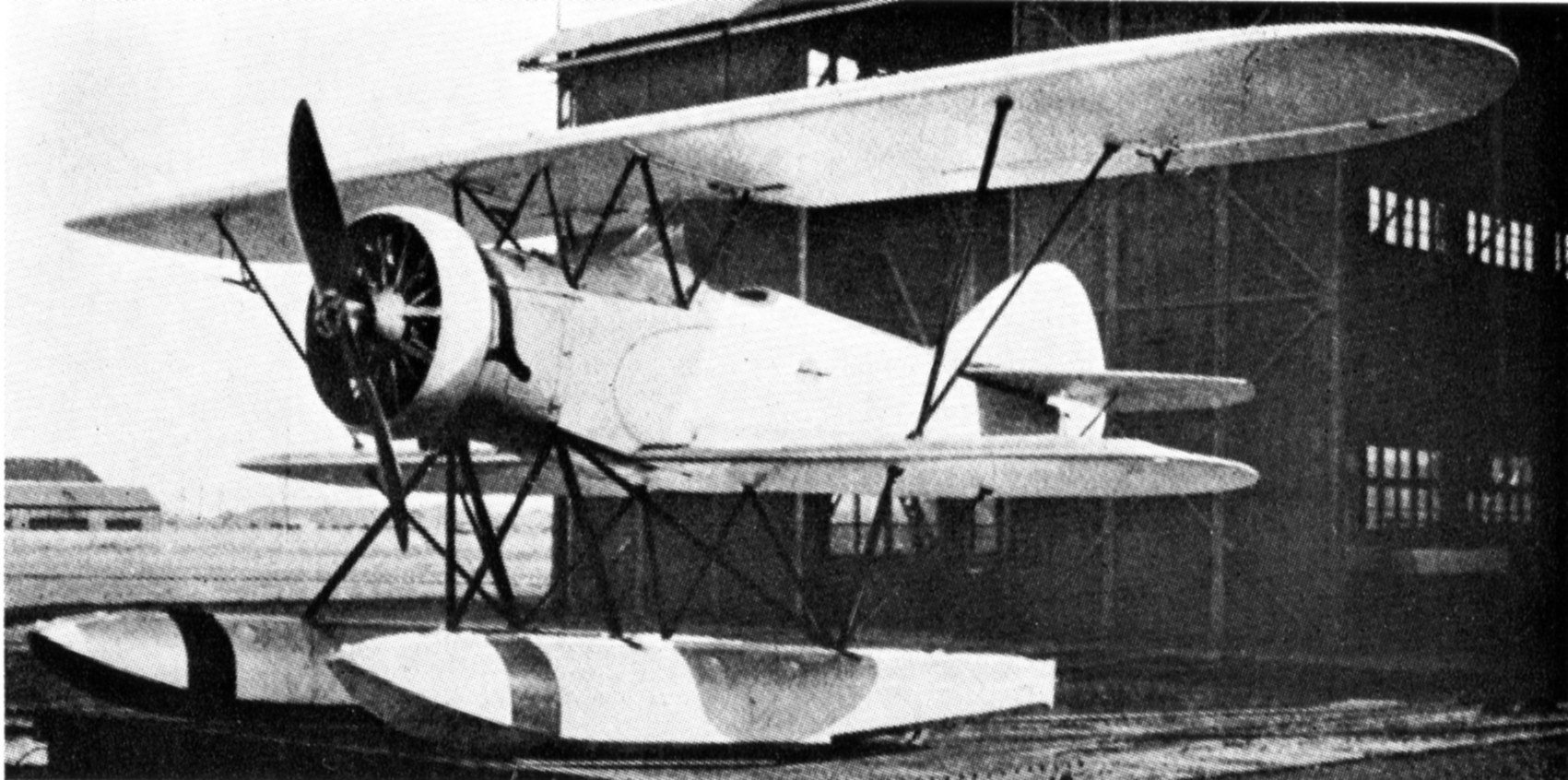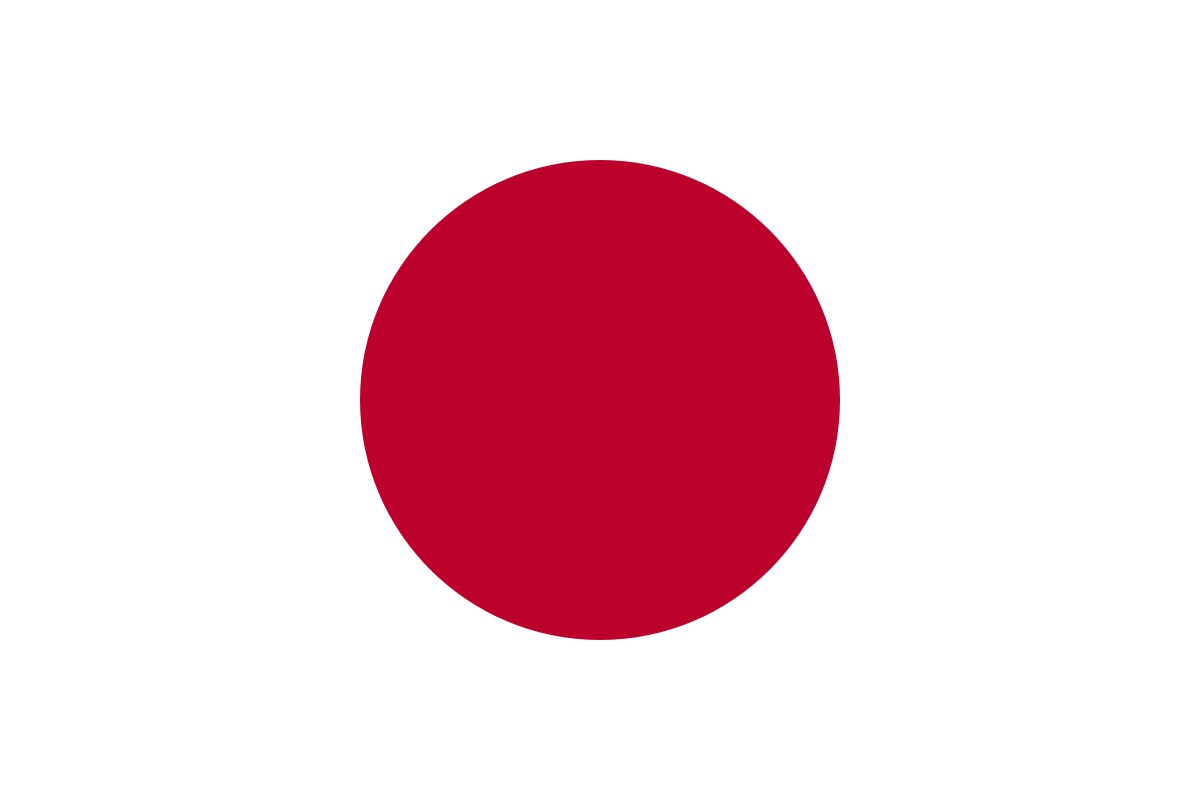Aircraft History: The Aichi D3A Type 99 Carrier Bomber (Allied reporting name "Val") is a World War II carrier-borne dive bomber. It was the primary dive bomber of the Imperial Japanese Navy (IJN) and was involved in almost all IJN actions, including the attack on Pearl Harbor.
The Aichi D3A was the first Japanese aircraft to bomb American targets in the war, commencing with Pearl Harbor and U.S. bases in the Philippines, such as Clark Air Force Base. Vals sank more Allied warships than any other Axis aircraft.
The Aichi D3A was the first Japanese aircraft to bomb American targets in the war, commencing with Pearl Harbor and U.S. bases in the Philippines, such as Clark Air Force Base. Vals sank more Allied warships than any other Axis aircraft.
Manufacturer: Aichi Kokuki KK (愛知航空機株式会社 Aichi Kōkūki Kabushiki Kaisha, Aichi Aircraft Co., Ltd.) was a Japanese aircraft manufacturer which produced several designs for the Imperial Japanese Navy. After the war, the company was reorganized as Aichi Machine Industry Co., Ltd (愛知機械工業) where they made small kei cars until 1966 when they were integrated into Nissan and developed the Nissan Sunny and Nissan Vanette.
The company was established in 1898 in Nagoya as Aichi Tokei Denki Seizo Kabushiki Kaisha (Aichi Watch and Electric Manufacturing Co., Ltd.). Aircraft production started in 1920, and the company relied initially on technical assistance from Heinkel, which influenced some of their designs. Later, with the prodding and support of the Imperial Japanese Navy, the company started making seaplanes using technology imported from Short Brothers in the UK.
During the inter-war period, Aichi was the beneficiary of technology transferred from Heinkel Flugzeugwerke of Germany. At the time, a team from the League of Nations occasionally visited German aircraft manufacturers to monitor the ban on military aircraft research and production. A Japanese military attache who was a member of the monitoring team, let Heinkel know, confidentially and in advance, of the planned visits. Heinkel thus succeeded in continuing its design on the aircraft ordered by Aichi Aircraft without being spotted.
In 1943 the aircraft division was spun off as Aichi Kokuki Kabushiki Kaisha (Aichi Aircraft Co., Ltd.).
The company was established in 1898 in Nagoya as Aichi Tokei Denki Seizo Kabushiki Kaisha (Aichi Watch and Electric Manufacturing Co., Ltd.). Aircraft production started in 1920, and the company relied initially on technical assistance from Heinkel, which influenced some of their designs. Later, with the prodding and support of the Imperial Japanese Navy, the company started making seaplanes using technology imported from Short Brothers in the UK.
During the inter-war period, Aichi was the beneficiary of technology transferred from Heinkel Flugzeugwerke of Germany. At the time, a team from the League of Nations occasionally visited German aircraft manufacturers to monitor the ban on military aircraft research and production. A Japanese military attache who was a member of the monitoring team, let Heinkel know, confidentially and in advance, of the planned visits. Heinkel thus succeeded in continuing its design on the aircraft ordered by Aichi Aircraft without being spotted.
In 1943 the aircraft division was spun off as Aichi Kokuki Kabushiki Kaisha (Aichi Aircraft Co., Ltd.).
Country: Japan is an island nation in the Pacific Ocean with dense cities, imperial palaces, mountainous national parks and thousands of shrines and temples. Shinkansen bullet trains connect the main islands of Kyushu (with Okinawa's subtropical beaches), Honshu (home to Tokyo and Hiroshima’s atomic-bomb memorial) and Hokkaido (famous for skiing). Tokyo, the capital, is known for skyscrapers, shopping and pop culture.
Although legend has it that Japan was founded in 660BC, archaeologists agree that settlement in the Japanese archpelago dates back as far as 100,000 years. The Jomon Period (8000-c.300BC) is the earliest that has been studied. It is named after the 'jomon' or cord-marked pattern style of pottery of the period.
Although legend has it that Japan was founded in 660BC, archaeologists agree that settlement in the Japanese archpelago dates back as far as 100,000 years. The Jomon Period (8000-c.300BC) is the earliest that has been studied. It is named after the 'jomon' or cord-marked pattern style of pottery of the period.
Item created by: Lethe on 2015-05-31 17:46:30. Last edited by gdm on 2019-06-11 08:10:51
If you see errors or missing data in this entry, please feel free to log in and edit it. Anyone with a Gmail account can log in instantly.
If you see errors or missing data in this entry, please feel free to log in and edit it. Anyone with a Gmail account can log in instantly.


